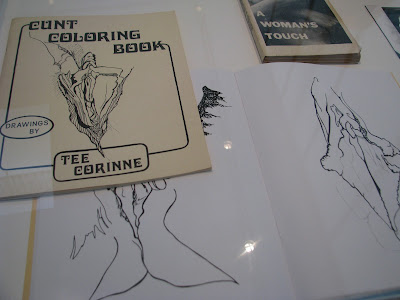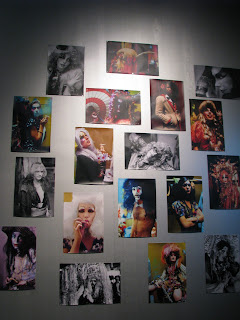Well, this doesn't necessarily have much to do with contemporary art in Colorado, but after seeing the amazing Rube Goldberg machines of Joseph Herscher on the New York Times website this morning, we decided that we just couldn't resist creating a little mini-post featuring a few of our favorite Rube Goldberg machines. If only all of our household appliances could perform their functions in such a excitingly complicated manner!
Joseph Herscher, The Falling Water
For a link to the New York Times article about Joseph Hersher, click here.
For for a video featuring Joseph Hersher's machines on the New York Times website click here.
For a link to a Wikipedia article on the mad cartoonist, Rube Goldberg, who started this whole thing, click here.
Our all-time favorite OK Go music video, titled This Too Shall Pass featuring one unbelievably rad Rube Goldberg machine:
For a link to an article on Wired Magazine's website about how the machine was built, click here.
MIT artist in residence, Arthur Ganson, is one of our absolute favorite artists and makes artworks that teeter somewhere between Rube Golberg Machines and kinetic sculpture (and often are both).
Arthur Ganson, Faster!
Definitely check out his website here.
And of course, you can't even begin to talk about Rube Golberg machines without mentioning Peter Fischli and David Weiss' 100 ft. burning, spilling, rolling monstrosity titled Der Lauf der Dinge (The Way Things Go). A legal film of the machine is, to our knowledge, unavailable on the Internet, though cuts of it can be found on YouTube. However, any good art library should have a full length copy. It really is required viewing for anyone interested in contemporary art.
Click here for a link to Fischli and Weiss on the Matthew Marks Gallery website.










